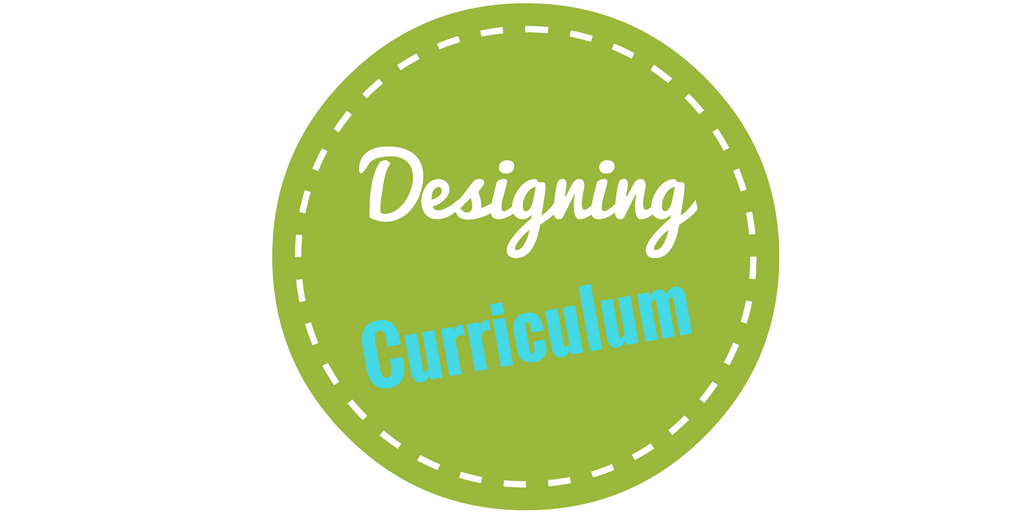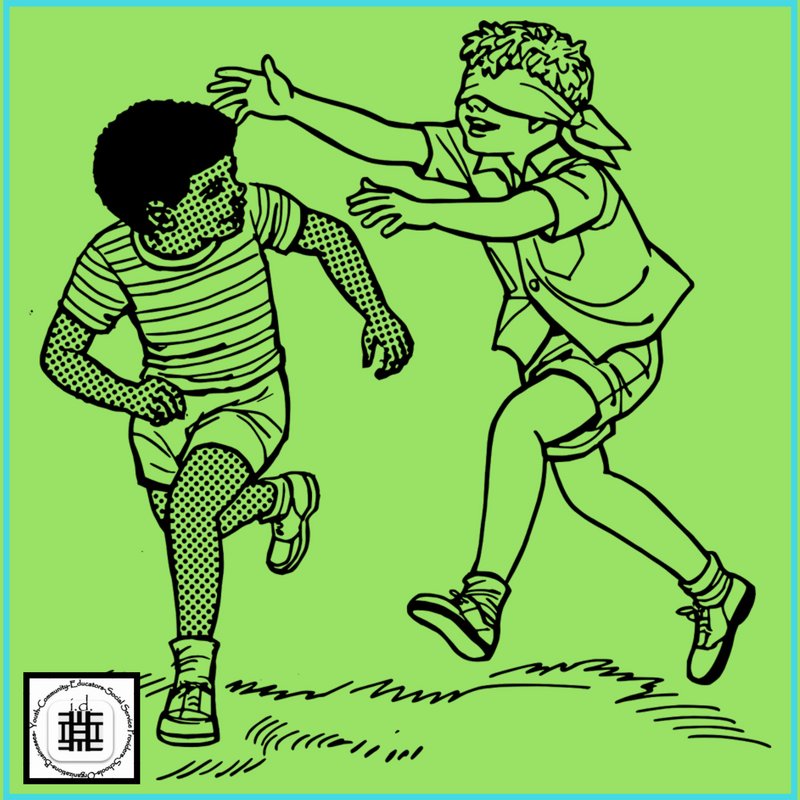Your administration comes to you and asks you to incorporate Social Emotional Learning (S.E.L.) into your curriculum. They explain with exuberance, (trying to sell you on the idea) that you are a great teacher who really connects with your students and this would be a great opportunity to make a change in the community. (Argggg, I already have enough on my plate). Or, maybe you have read about it and want to incorporate it into your curriculum yourself. (That is aweeesomeee)! With either scenario, it can be overwhelming to look at all of the information about S.E.L. and begin designing a new curriculum.

I have some good and bad news for you…
Let’s start with the bad. Starting a new curriculum from scratch is extremely time-consuming and frustrating. (Which I am sure you already know). You may even want to pull your hair out – Let’s avoid that. There are a lot of topics related to S.E.L., and it seems like a lot to learn, at first.
Here’s the good news… If you are the type of educator admin has sought out or the type of educator who wants to incorporate S.E.L. into your classroom, you most likely already have a lot more materials on social-emotional learning than you think! It’s also really rewarding when the class finally comes to fruition.
To help make this less overwhelming, I have put together a blog series with effective steps and tips to help you develop and successfully implement your S.E.L. curriculum. I’ve used these strategies myself, coached staff, and conducted numerous professional development (P.D.) trainings on the topic and they really do work!
I’ll provide you with the guidance to aid you in creating the framework you need to begin designing your S.E.L. curriculum, but before we get started there is one thing I’m going to ask of you – FOLLOW THE STEPS IN ORDER. In every P.D. on this topic, there is inevitably an educator who wants to change the order and later states that it would’ve been easier to follow the steps. If you go out-of-order, it’s going to become more time-consuming and prove more difficult for you. (Just saying)!

Read up on the importance of implementing an S.E.L. curriculum. (You may have already done this). It will help you get an idea of the basic framework and impact of the program. Here are a few resources to check out on established programs using best practices.
- CASEL Guide for Social Emotional Learning Programs for Middle School and High School, 2015
- Social Emotional Learning in High School: How Three Urban High Schools Engage, Educate, and Empower Youth
- 25 Resources For Social Emotional Learning
Collaborate or consult with the school counselor or social worker. They tend to be an underutilized resource, They’re trained in and have a wealth of knowledge on S.E.L. topics. (They just call them social-emotional or life-skills). Many have spent their careers compiling resources on these topics, and it’ll be a major SCORE if they already have lesson plans or activities they know are effective.

Use these next steps for each individual topic you want to address in the class. *Remember: stay in order.

Choose a topic. Identify the topics you’re required to or want to cover in your curriculum. Your administrator may have already chosen them for you. If they haven’t, you can use the core competencies: Self-Awareness, Relationship Skills, Social Awareness, and Responsible Decisions Making.
- It’s always a good idea to start with team building. This way you can begin to form trusting relationships with your students.
- You can also start by choosing the most glaring social-emotional concern within your school or organization.
- You can also provide the students with a survey. I hand out, (here’s a freebie for you), Which Life-Skills Would You Like to Discuss? and allow them to have input into
 what they are learning. (When do they get to do that)? It’s a great tool to provide you with an understanding of which topics they find the most important to address.
what they are learning. (When do they get to do that)? It’s a great tool to provide you with an understanding of which topics they find the most important to address.
Identify the goals and objectives you want your class to gain at the end of the lesson. If there are too many objectives for that topic, it’s okay to create additional lesson plans.
- At a minimum, I find that it’s at least three lessons per topic, but I usually do more – that’s up to you.
- Introduction of the topic
- Why it is a problem
- Solutions to the problem
- Let’s say we choose communication as the topic, What would the objectives look like? Some examples could be…
- To begin to understand the importance of communication
- To identify problems that can arise due to a lack of effective communication
Develop the Essential Questions (EQ’s) you would like your students to answer by the end of the activity.
- Note: EQ’S will help you to achieve your main objectives.
- An example of an essential question could be…
- Why is it important to communicate?
Create the activities. Think about the activities you already have that connect to the goals you want to accomplish. You probably have an activity that sparks or has sparked a teachable moment that you’ve addressed on some of these topics. If you are struggling to connect these ideas, go back to the counselor or social worker for some new ideas. I’d do this before exploring the internet and having to sift through the mass amounts of information.
- Use the activity and expand it to address your EQ’s.
- The activity should be interactive and engaging.
- I just want to be clear that an activity about communication shouldn’t be read text on
 how to better communicate and write a summary about it. (Ummmm, that’s not S.EL.).
how to better communicate and write a summary about it. (Ummmm, that’s not S.EL.). - You want to use activities that demonstrate communication. This could be anything – a trust walk. One participant is blindfolded and the other has to direct them to the other side of the room. The blindfolded person may not be allowed to talk. (It can also be used for trust, impairments, and other activities too! I have a million of them…).
Develop discussion questions to support the activity and address the information you want your students to learn.
- Now you can have a guided discussion about their difficulty when only one person is able to communicate.
- An example of guided questions could be…
- What made it difficult to get through the activity, when only one of you could communicate?
- What happens when you are trying to accomplish something with a partner, and you have difficulty communicating?
Create a journal question or reflection to support and reinforce your activity.
- Students can write a reflection about their experience or a time when they had difficulty communicating with someone.
I know this was fun, and you are now excited to design the curriculum, but please, please, please create your objectives first.
Finally, connect your objectives to core competencies for S.E.L.
Some of these steps may look familiar, but it’s all about applying your skills and knowledge to social-emotional topics. I hope having these steps laid out makes it easier to guide you through the development of your lesson plans and alleviates some of the stress of developing these from scratch.
Congrats! You have just laid out your first lesson plan for S.E.L. and saved yourself a ton of time in the process!
Stayed tuned… for the next post in the series Teaching and Implementing Social Emotional Learning and What to Expect When Discussing Sensitive Topics.



Leave a Reply